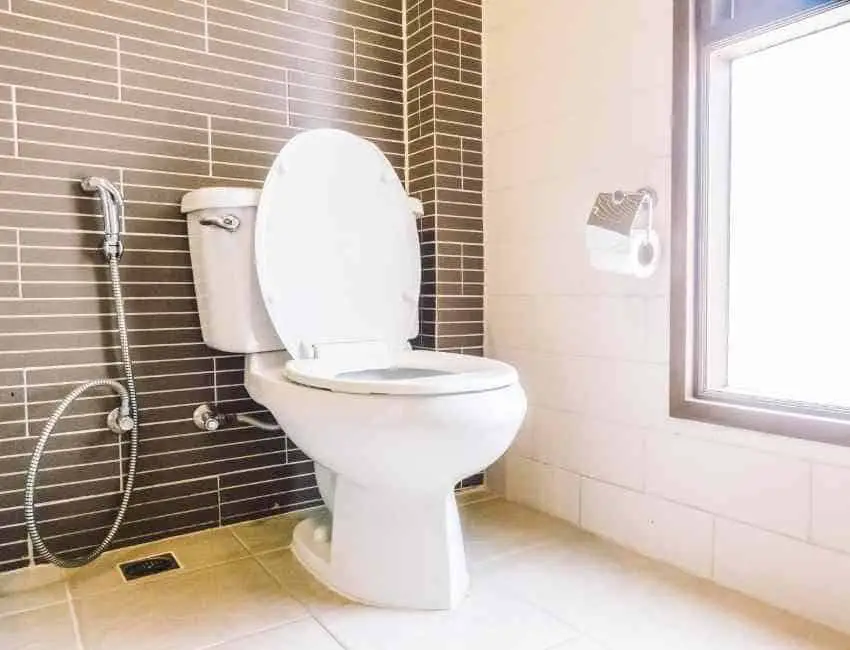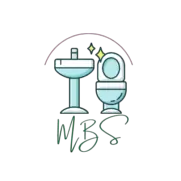When it comes to toilet ventilation, many questions often arise. Many people wonder if a vent can be placed upstream or downstream of the toilet.
What is the best option for them? Many wonders,’ Can a toilet vent be upstream?’. Well, in this article, you will learn all about it and more.

What is a toilet vent?
A toilet vent is a hole in the roof of a bathroom that allows air to escape. This helps to prevent moisture and bacteria from building up in the bathroom, which can lead to problems like mold growth.
What is the purpose of a toilet vent?
A toilet vent is a hole in the wall that allows air to escape from the bathroom. It’s important for two reasons: First, it helps keep your bathroom clean. Second, it helps keep your home’s ventilation system working properly.
Can a toilet vent be upstream?
A toilet vent can be upstream if it’s located in a bathroom that’s connected to the outdoors. If the vent is not located in a bathroom, it cannot be upstream.
How do you determine the location of a toilet vent?
Toilet vents are small openings that allow air and water vapor to escape from toilets. They’re usually located near the floor, so they don’t block traffic or damage furniture.
The placement of a toilet vent can have an impact on the comfort and health of people who use the bathroom. It’s important to choose a location that’s safe, accessible and doesn’t obstruct airflow or sunlight.
The best way to determine where your toilet vents should be is by checking with your builder or contractor. They’ll be able to give you an accurate estimate of how much ventilation you need and where those vents should go.
What are the benefits of having a toilet vent?
A toilet vent can have many benefits, including:
- reducing odors and moisture levels in the bathroom
- keeping the bathroom cooler in summertime
- preventing damage to walls from wetness and urine
- providing ventilation for bathrooms with high ceilings or large windows
Are there any drawbacks to having a toilet vent?
There can be some drawbacks to having a toilet vent, but they generally aren’t very serious. For example, a toilet vent can increase your home’s air pollution levels.
It can also decrease the efficiency of your exhaust fan, and it could cause water damage if it becomes clogged. However, these are relatively minor issues that most homeowners can deal with.
How do you install a toilet vent?
A toilet vent is a hole in the wall next to your bathroom sink that allows air to escape from the bathroom while preventing water from entering. Toilet vents are necessary for two reasons: ventilation and drainage. Ventilation helps remove moisture and bad smells from the bathroom, while drainage helps eliminate waste water quickly and easily.
Installing a toilet vent is easy if you have the right tools and follow these steps:
- Remove any existing tile or porcelain around the area where you’re going to install your new toilet vent. This will allow for better ventilation and faster drainage of waste water.
- Mark out where your new pipe needs to go with some pencil or chalk lines. Remember not to cut into any pipes underneath!
- Measure out how wide your pipe needs to be (in inches), then order the correct size of PVC pipe from your local hardware store. Cut the PVC pipe according to these measurements, then fit it into place using anchors or screws (as required). Make sure all gaps around the pipe are sealed with caulk or tile adhesive.
- Install your new toilet vent by drilling a hole in the wall next to your bathroom sink, then threading the pipe through it. Fit the vent cover over the pipe and screw it into place. Finally, fill any gaps around your toilet with more mortar or tile adhesive (as required).
How do you maintain a toilet vent?
Maintaining a toilet vent is an important part of keeping the toilet working properly. The vent should be inspected every few months to make sure that it is clear and open. If the vent becomes blocked, it can cause problems with the ventilation in the room.
If this happens, the vent may need to be cleared using a brush or a vacuum cleaner. The brush will help remove any dirt or debris that has built up over time. If there is too much build-up, the vacuum cleaner can be used to suck it all out.
What are some common problems with toilet vents?
There are a few common problems with toilet vents. One problem is that they can become clogged over time, which can cause poor ventilation and an unpleasant smell.
Another problem is that they can deteriorate over time, which can lead to leaks and damage to the flooring.
How can you troubleshoot a toilet vent?
Toilet vents are important parts of your plumbing system, and if they’re not functioning correctly, you may experience problems with your toilet. Here are some tips to help troubleshoot a toilet vent:
- Check the seal around the toilet’s flange. If there’s water leaking from the vent or if the seal is broken, fix the seal or replace the flange.
- Check for clogs in the drainage system below the bathroom floor. Clogs can block sewer gas from entering your home and cause problems with your toilets and other appliances in your home (like dishwashers). Clear any clogs using a plunger before calling a professional plumber.
- Make sure all the connections between plumbing fixtures are tight–this includes connections between toilets, sinks, bathtub/shower combos, and drains in walls/ceilings/floors). Loose connections can cause water leaks and other problems down below. (If you have trouble getting hot water to come out of one faucet or sink, but cold water comes out of another nearby fixture–check for loose connections between the two fixtures).
- Check the water pressure in your home. Low water pressure can cause problems with your toilet, including leaks and flooding. If you have a tankless water heater, check to see if it’s causing low water pressure.
- Check for any obstructions in the sewer line (like rocks, tree branches, or roots). Obstructions can block sewer gas from entering your home and cause problems with your toilets and other appliances in your home (like dishwashers).
- Call a professional plumber to take a look at your plumbing system–they may be able to help you troubleshoot the problem faster and fix it properly. (If you’re unable to solve the problem yourself, call a professional plumber.)
How Close Can the Vent Be to The Residential Service on The Roof?
The vent for your toilet must be close to the drain line in order to function properly. The vent should be within six feet of the trap ways that connect to it. If it is not, you may experience problems with your plumbing.
What Is the Difference Between a Wet Vent and A Dry Vent?
A wet vent is a type of ventilation that uses water to remove moisture and smoke from the air.
A dry vent is a type of ventilation that does not use water.
Final Thought
So, to conclude, the toilet vent can be upstream and there is no problem with it. It does not cause any ventilation problems, but you can’t have toilet vents that are too close to each other because of the risk of back drafting (which would be dangerous).
If you have a question about the topic, feel free to contact me anytime. 🙂
